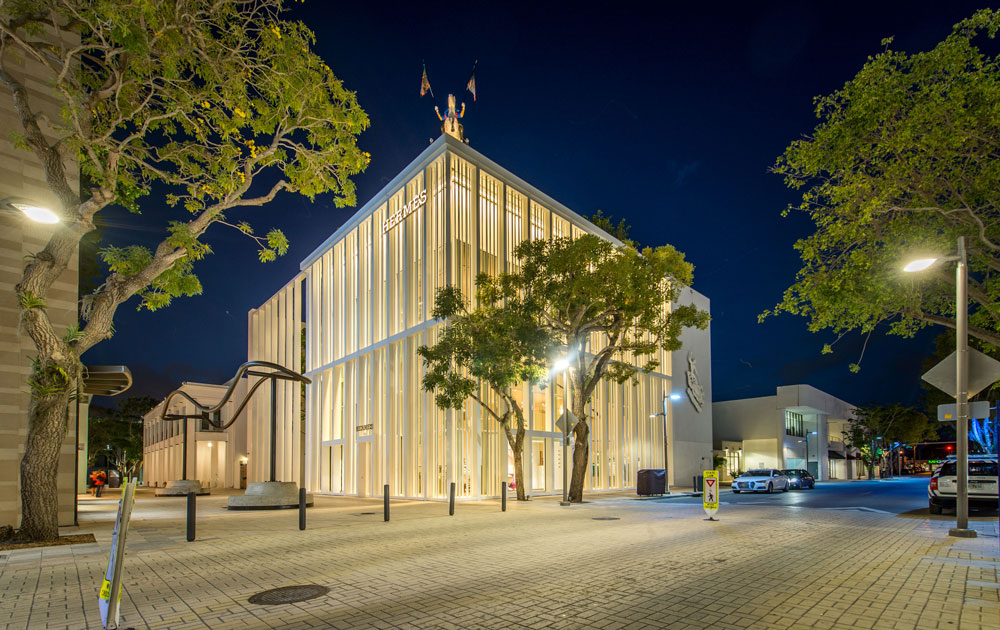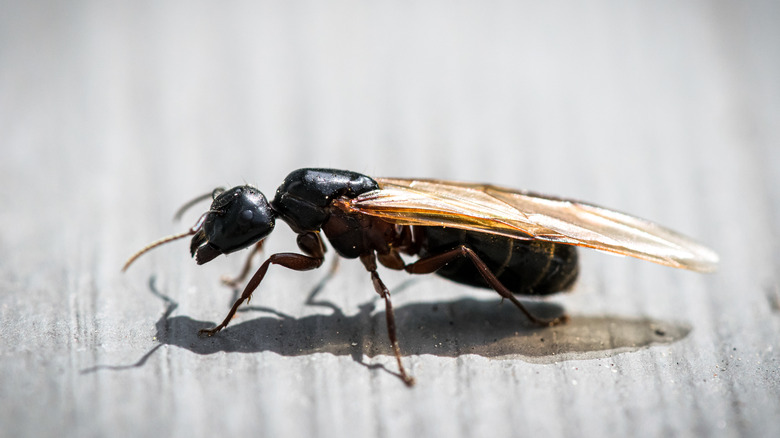Table Of Content
Additionally, practicing good orchard hygiene, such as regular pruning and removing fallen fruits, can help reduce the risk of pest and disease outbreaks. Observe the area throughout the day to determine the amount of sunlight it receives. Avoid planting fruit trees in areas with excessive shade, as this can inhibit their growth and fruiting. If there are existing structures or trees that cast shade, consider pruning or removing them to allow more sunlight to reach your fruit trees.
Use Trellis Clips to Secure Trees & Reduce Labor Costs
If your orchard contains just a few trees, a hosepipe or watering can should be enough. Browse the Fruit Category for guides to growing most fruits or look up the specific fruit you want to grow in the Index. Stefan Sobkowiak is an educator, biologist, and master of landscape architecture. He has taught fruit production, landscape plants and design, and the natural history of vertebrates at Montreal’s McGill University. This experience helped a lot when he decided to focus on Permaculture Design and his ‘Miracle Farms. Many fruits can be grown in large containers, turning your patio or deck into valuable growing space.
Apples Bloom Again in New Bedford (U.S - National Park Service
Apples Bloom Again in New Bedford (U.S.
Posted: Mon, 28 Nov 2016 08:00:00 GMT [source]
Growing Fruit Trees Successfully on the Pacific Northwest Coast
Don’t throw yourself headlong into buying and transplanting trees, first study the best approach and how to effectively carry it out. The plot shouldn't be shaded, so be aware of surrounding buildings and foliage. This also helps bring order to the high diversity madness of 100 cultivars of fruit & nut trees, dozens of small fruit shrub cultivars, and over 100 species of companion plants. Stefan also aims for a complete harvest season without any spaces when there will be nothing to harvest. Harvest dates are key to a successful ‘grocery aisle’ planting- Ideally, you need to aim for three periods of 10-day harvests per month.
Check Your Garden Zone
Additionally, this layout provides a clear distinction between tree rows, making it easier to implement pest and disease management strategies. Underneath these non-fruiting trees it is usual to plant flowers or crops that can be harvested. So a lilac may have an under-planting of spring bulbs to look pretty. It may also have edible flowers such as nasturtiums, or the planting may be a low-growing shrub like a cranberry bush.
Maximizing production per acre by planting trees in high densities requires careful assessment of the vigor potential of a site. It is helpful to evaluate tree size in a previous orchard or in an adjacent block. Other factors that affect decisions on tree arrangement include topography, equipment size, and worker access. Identifying common pests and diseases prevalent in the region and within the orchard is essential for creating effective pest and disease management zones.
Support
In general, plan to chop the top of your tree to no taller than four foot, and to cut each side branch in half or shorter. Once your tree gets in the ground, it’s time for what feels like the most challenging part for first-time planters—pruning. Brace yourself, as you’ll need to cut off a lot more of your baby tree than seems logical.
Plants Related to this Article
Buckner Orchard History and Care (U.S - National Park Service
Buckner Orchard History and Care (U.S.
Posted: Thu, 18 May 2023 22:44:29 GMT [source]
Special attention needs to be paid to fertility and watering when growing in containers, but some fruits, such as figs, can respond well to being grown in a pot. When it comes to picking the right trees for your homestead orchard, it's important to consider which trees are self-pollinating. Self-pollinating trees will still produce fruit even if there are no other trees around to pollinate them. Make sure you keep this map in a safe place, like your gardening notebook, so you can refer back to it when it’s time to plant your trees.

Some trees are not self-fertile, which means two trees are needed to produce fruit. This means you will need to make sure that the two trees are different varieties that bloom at the same time. Two trees of the same variety won’t work as pollinators and neither will two different varieties that don’t bloom at the same time. My dreams of a homestead orchard probably aren’t going to happen as long as we live here. So, I’ve invited Angi Schneider, author of The Gardening Notebook, to share her best tips for planning an orchard on the homestead.
You’ll need to assess your planting area’s soil conditions before putting trees in the ground to see whether you need to amend anything first. When planning out your homestead growing space, the vegetable garden tends to get most of the attention. However, you’re doing your family a disservice if you don’t prioritize learning how to set up a multi-fruit backyard orchard. When planting, make sure that the root neck is positioned at the correct depth.

Fruit growing is a high-risk venture, and Penn State Extension offers budgets and spreadsheet programs to assist you in business planning. Optimal site preparation and planting involve thinking in terms of managing tree roots for increased orchard performance. Physical, chemical, and biological properties of the soil must all be considered. A replant site requires two to three years of crop rotations to replenish organic matter and avoid tree mortality or stunted growth.
It is essential to implement effective pest and disease management strategies to protect your orchard. Sunlight is a vital factor for fruit tree growth and fruit production. Most fruit trees require full sun exposure to thrive and produce abundant fruits. When designing your orchard, it is crucial to consider the sunlight and shade patterns in the area.
Topsoil and subsoil samples also are collected at this time for analysis of pH, nutrient imbalances, and organic matter content. As you begin to dream about how to set up a multi-fruit backyard orchard, keep in mindful that the sooner you get your trees, the sooner you’ll enjoy your first harvest. So use this article as a launch point to begin the process of enjoying a sustainable fruit harvest for years to come. For me, an invaluable resource for fruit tree planting and pruning is The Holistic Orchard by Michael Philips. He goes through the necessary planting, care, and pruning process for dozens of varieties with a focus on keeping everything as biologically sound as possible.
The amount of water a fruit tree uses depends primarily on how big it is and how hot the day is. Several other factors influence water use such as relative humidity and wind, but they are less important. The goal is maximum growth in the early years to fill the allotted space and maximum production of large fruit.
Surrounding trees can be used to help pollinate the fruit trees on your property. Find out what kind of fruit trees your neighbor has and buy a different variety that can cross-pollinate. This is a great way to get fruit in an urban yard since the trees need to be within 50 feet of each other. There is some planning that needs to happen before you buy and plant your first fruit tree.
Managing fruiting times is another crucial consideration when creating orchard zones. Different fruit tree varieties have varying ripening periods, and grouping trees based on their fruiting times allows for better organization and planning of harvest activities. By creating fruiting time zones, orchard managers can streamline harvesting operations and ensure that fruits are picked at their optimal ripeness.
Once your trees are planted and pruned, maintenance becomes primarily about watching and waiting. You’re still several years from your first harvest, and it’s up to you to ensure each tree stays pest and disease-free in the meantime. Most fruit trees don’t do well in overly wet soil, so good drainage is critical for success.











